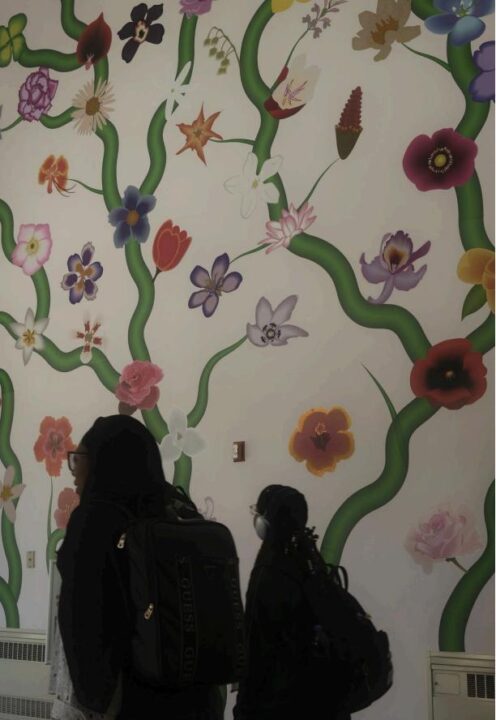Excessive discussion of violence in Chicago does nothing to help the people of Chicago. If anything, it serves to justify violence towards Chicago residents of color. NRA spokeswoman Dana Loesch brought Chicago back into mainstream political discussion with her comments made during a speech at the Conservative Political Action Committee. Angered at the media’s alleged bias towards gun rights advocates, Loesch, in a lateral move, suggested that the media should be focusing on violence in Chicago instead.
She intended to illustrate how the media often sensationalizes violence in order to further political agendas. Her portrait of this phenomena is an accurate one, but in an ironic twist of fate, she represents this trend as it relates to the violence in Chicago. She presents the issue without any context and does not offer a clear solution leaving listeners to come to their own conclusions.
This is where the concept of a dog whistle, a coded message targeted towards a specific political demographic, comes in. The trailer for a remake of 1974 film Death Wish that was set in Chicago makes use a similar dog whistle used by Loesch but is much more explicit about a solution. It features a main character taking the law into his own hands and becoming a vigilante hunting down criminals after his wife is killed in a botched robbery. Since Chicago has a relatively high violent crime rate, there is an abundance of criminals for him to eliminate.
These dog whistles are often used in other high crime cities with large black populations. The communities are portrayed as being lawless, crime-infested wastelands, irrespective of how crime is actually trending. This narrative poses a dual threat to Black people living in inner city Chicago as it could prompt vigilantism by disgruntled white citizens or serve as justification for increased police militarization and racial profiling. This is how the narrative has been used historically.
With respect to the former, the narrative implicitly provides white people with a license to retaliate against any perceived threat to their safety if the government refuses to respond in a way that they approve of. In a profile of George Zimmerman, the BBC notes that Zimmerman formed a neighborhood watch in response to a spate of robberies that affected his community. Those that defended Zimmerman in the aftermath painted him as being an innocent victim just trying to do his job, even though he was acting outside the bounds of the law.
The American militia movement, based in part on antagonism towards government regulation of guns, has close ties to racist organizations. Timothy McVeigh, known most infamously for the Oklahoma City Bombing, carried out the bombing in response to the Bureau of Alcohol, Tobacco, Firearms and Explosives’ crackdown on the militia movement.
He had in his possession the Turner Diaries: a racist tract detailing a genocidal campaign led by white people to rid the world of non-whites that functioned as the blueprint for white supremacist terrorist activity for years to come. This fictional campaign was spurred by the passage of a law restricting gun ownership.
In an interview by Quartz, an Eastern Kentucky professor explains that as crime began to spike during the crack epidemic, police militarization began to accelerate. Now, police militarization is spiraling out of control even as crime rates decrease.
For example, in 1989 the New York media sensationalized a murder case in Central Park involving five Black and Latino men. The men were exonerated later, as it was proven that they were not guilty of the crime. However, the case was already being used by Mayor Giuliani to begin passing anti-crime legislation giving police greater authority to stop and frisk and crack down on minor offenses.
How the media chooses to respond and portray crime has serious material consequences for communities of color. If they are not more careful in the future, they run the risk of perpetuating harmful and violent narratives that are potentially deadly.
